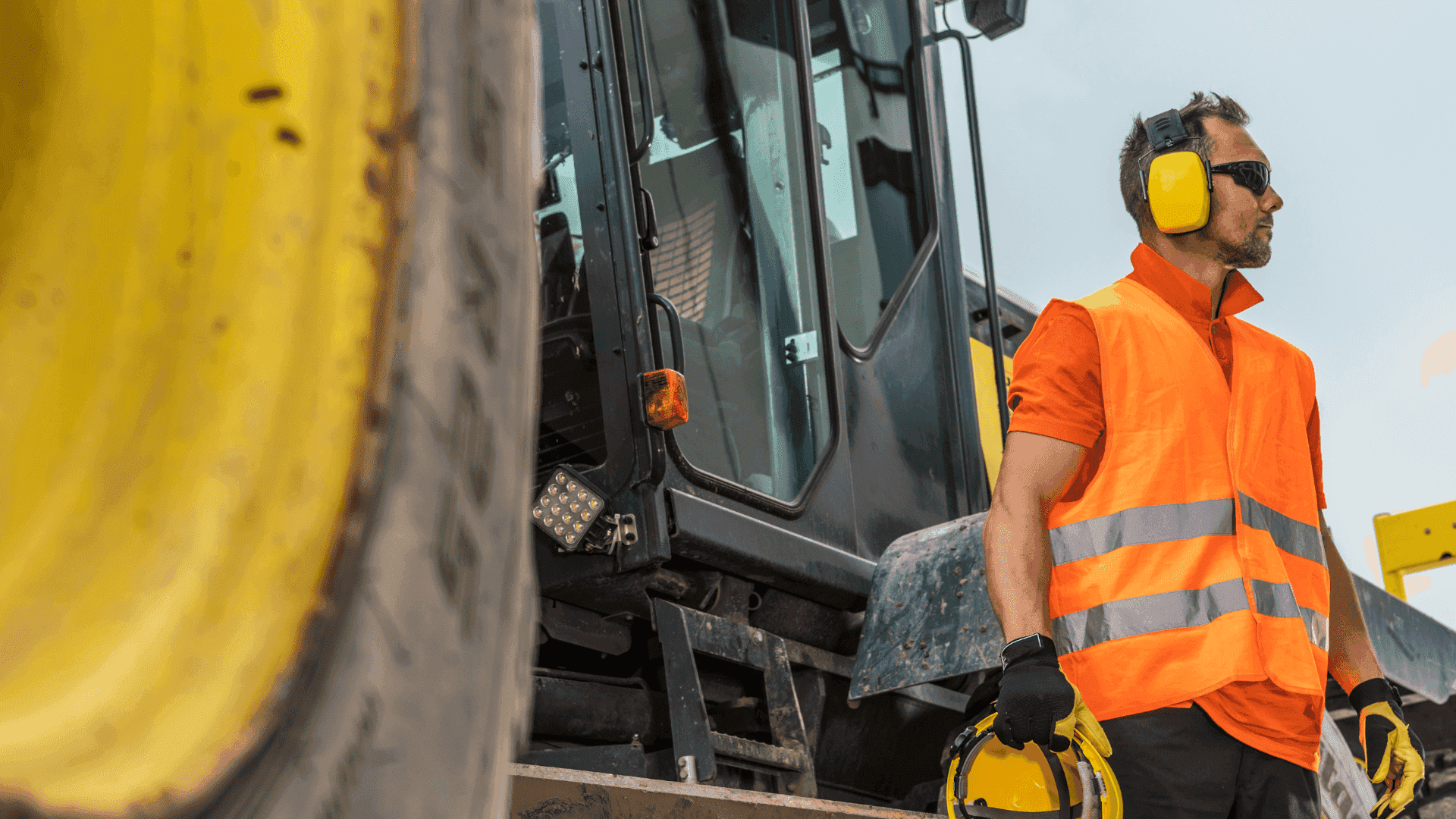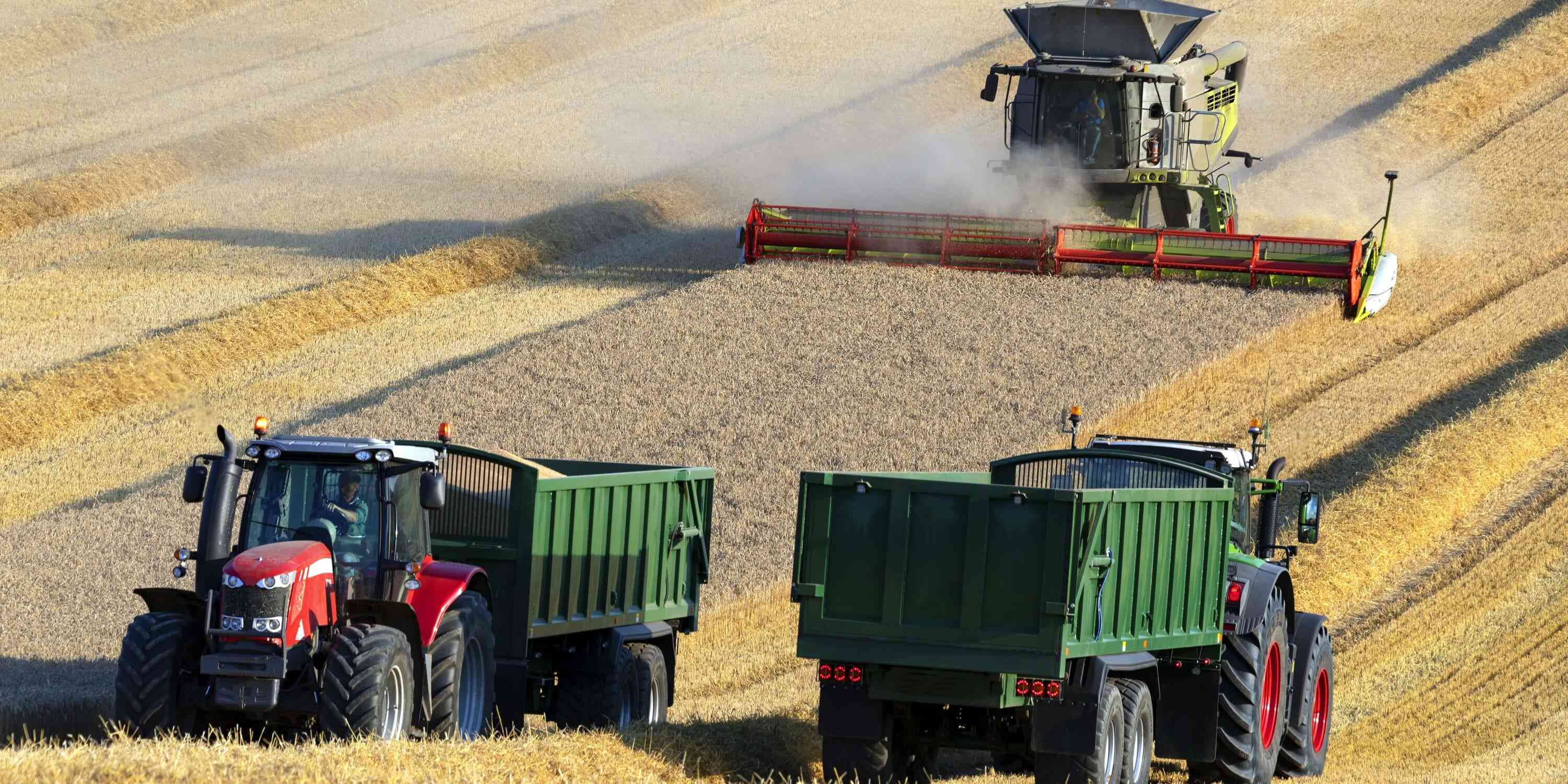#PRODUCTS
2025-04-03
Recent articles
 #NEWS2025-04-03
#NEWS2025-04-03Building a Workplace Where Safety Culture Comes First
 #NEWS2025-03-12
#NEWS2025-03-12About Us
 #NEWS2025-02-06
#NEWS2025-02-06Emergency Preparedness: The Role of PPE in Critical Situations
Learn how to make your workplace safer
 #NEWS2025-01-08
#NEWS2025-01-08New ‘Simpler Recycling’ Regulations 2025
 #STANDARDS2025-01-07
#STANDARDS2025-01-07Year-End Safety Audit Checklist for UK Workplaces
 #PRODUCTS2024-11-14
#PRODUCTS2024-11-14Top Cold-Weather Safety Gloves for Your Industry
 #NEWS2024-08-14
#NEWS2024-08-14Transitioning Your Workwear from Summer to Autumn
 #BlogSafeguru2024-08-05
#BlogSafeguru2024-08-05The importance of hearing protection in the workplace
 #PRODUCTS2024-07-25
#PRODUCTS2024-07-25Summer Workwear Essentials – Stay Safe and Comfortable
 #NEWS2024-10-23
#NEWS2024-10-23Preventing Cold Stress: Health and Safety Tips for Outdoor Workers
 #PRODUCTS2024-09-24
#PRODUCTS2024-09-24The Importance of High-Visibility Clothing in Winter
 #PRODUCTS2024-08-29
#PRODUCTS2024-08-29Safety Footwear - Our Top 5
 #BlogSafeguru2025-02-27
#BlogSafeguru2025-02-27Difference between occupational hazard and occupational risk. Worker perception
 ##SAFEGURUEXPERTS2024-07-17
##SAFEGURUEXPERTS2024-07-17Transition between traditional HSE practices and Artificial Intelligence
 #NEWS2024-10-10
#NEWS2024-10-10Navigating Work-Related Stress: Strategies for Enhancing Mental Health in the Workplace
 #PRODUCTS2024-05-08
#PRODUCTS2024-05-08Ensuring Safety in the Sun: The Importance of PPE and Workwear in the Agriculture Industry
 #NEWS2024-05-08
#NEWS2024-05-08What is industrial safety and its benefits
 #NEWS2024-05-08
#NEWS2024-05-08Promoting Inclusion in the Workplace: Effective Diversity and Inclusion Strategies
 #NEWS2024-05-08
#NEWS2024-05-08The 5S Method for OHS Technicians: Improving Efficiency and Safety
 #NEWS2024-01-02
#NEWS2024-01-02The Rise of Workplace Accidents – A Global View
 #NEWS2023-12-07
#NEWS2023-12-07Understanding Electrical Safety
 #NEWS2024-10-10
#NEWS2024-10-10Emergency Plan - Creating a Safer Working Environment
 #PRODUCTS2024-06-19
#PRODUCTS2024-06-19Safety Sunglasses - How to protect yourself?